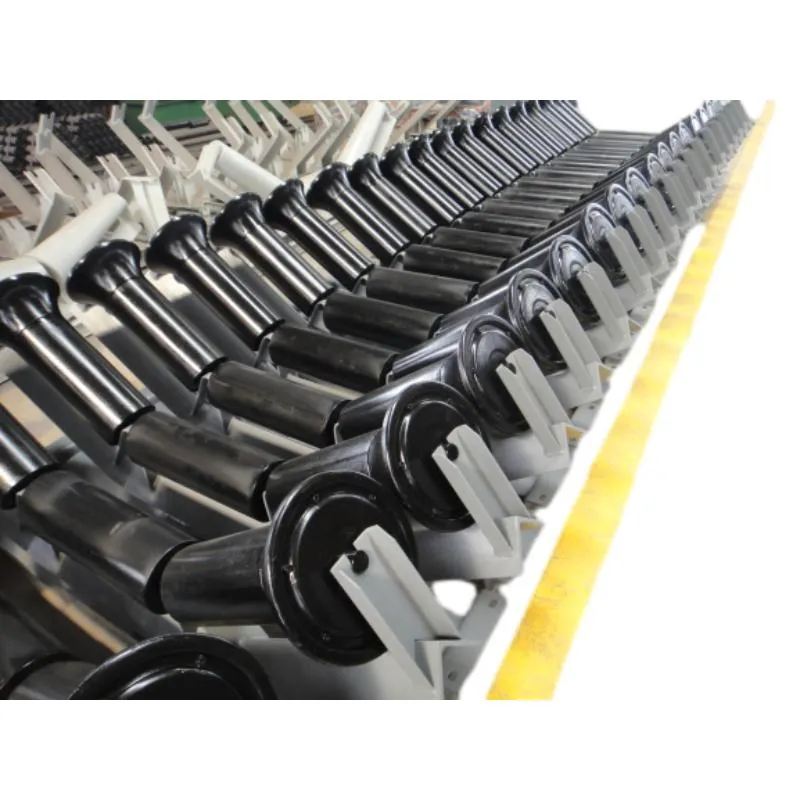 Afrikaans
Afrikaans  Albanian
Albanian  Amharic
Amharic  Arabic
Arabic  Armenian
Armenian  Azerbaijani
Azerbaijani  Basque
Basque  Belarusian
Belarusian  Bengali
Bengali  Bosnian
Bosnian  Bulgarian
Bulgarian  Catalan
Catalan  Cebuano
Cebuano  Corsican
Corsican  Croatian
Croatian  Czech
Czech  Danish
Danish  Dutch
Dutch  English
English  Esperanto
Esperanto  Estonian
Estonian  Finnish
Finnish  French
French  Frisian
Frisian  Galician
Galician  Georgian
Georgian  German
German  Greek
Greek  Gujarati
Gujarati  Haitian Creole
Haitian Creole  hausa
hausa  hawaiian
hawaiian  Hebrew
Hebrew  Hindi
Hindi  Miao
Miao  Hungarian
Hungarian  Icelandic
Icelandic  igbo
igbo  Indonesian
Indonesian  irish
irish  Italian
Italian  Japanese
Japanese  Javanese
Javanese  Kannada
Kannada  kazakh
kazakh  Khmer
Khmer  Rwandese
Rwandese  Korean
Korean  Kurdish
Kurdish  Kyrgyz
Kyrgyz  Lao
Lao  Latin
Latin  Latvian
Latvian  Lithuanian
Lithuanian  Luxembourgish
Luxembourgish  Macedonian
Macedonian  Malgashi
Malgashi  Malay
Malay  Malayalam
Malayalam  Maltese
Maltese  Maori
Maori  Marathi
Marathi  Mongolian
Mongolian  Myanmar
Myanmar  Nepali
Nepali  Norwegian
Norwegian  Norwegian
Norwegian  Occitan
Occitan  Pashto
Pashto  Persian
Persian  Polish
Polish  Portuguese
Portuguese  Punjabi
Punjabi  Romanian
Romanian  Russian
Russian  Samoan
Samoan  Scottish Gaelic
Scottish Gaelic  Serbian
Serbian  Sesotho
Sesotho  Shona
Shona  Sindhi
Sindhi  Sinhala
Sinhala  Slovak
Slovak  Slovenian
Slovenian  Somali
Somali  Spanish
Spanish  Sundanese
Sundanese  Swahili
Swahili  Swedish
Swedish  Tagalog
Tagalog  Tajik
Tajik  Tamil
Tamil  Tatar
Tatar  Telugu
Telugu  Thai
Thai  Turkish
Turkish  Turkmen
Turkmen  Ukrainian
Ukrainian  Urdu
Urdu  Uighur
Uighur  Uzbek
Uzbek  Vietnamese
Vietnamese  Welsh
Welsh  Bantu
Bantu  Yiddish
Yiddish  Yoruba
Yoruba  Zulu
Zulu Different Types of Idlers Used in Belt Conveyor Systems and Their Functions
Types of Idlers in Belt Conveyors
Belt conveyors are integral components of material handling systems across various industries, including mining, construction, and manufacturing. One critical aspect of these systems is the idler, which plays a vital role in supporting the conveyor belt, maintaining its alignment, and ensuring efficient operation. Understanding the different types of idlers used in belt conveyors is essential for optimizing performance and reliability.
1. Roller Idler
Roller idlers are the most common type found in belt conveyor systems. They consist of a series of cylindrical rollers mounted on a frame, supporting the conveyor belt as it transports materials. Roller idlers can be further categorized into several sub-types
- Troughing Idlers These idlers are used to create a trough shape in the belt, which helps contain materials, reducing spillage. Troughing idlers are typically set at angles of 20, 35, or 45 degrees to the horizontal, depending on the application.
- Flat Idlers Flat idlers maintain the belt in a horizontal position and are ideal for conveying materials that do not require side confinement. They are commonly used in loading and discharge points where the material is continuously fed onto the belt.
2. Impact Idlers
During the loading phase, belt conveyors experience significant impact forces. Impact idlers are specifically designed to absorb these forces, thus protecting the belt from damage. These idlers typically feature robust rollers and additional cushioning materials to dissipate energy, minimizing wear and extending the lifespan of the conveyor system.
3. Return Idlers
Return idlers support the belt on its return journey after it has discharged its load. There are two main types of return idlers
- Flat Return Idlers These are used on straight runs and are designed to maintain the belt's position while returning to the loading point
.types of idler in belt conveyor

- Trough Return Idlers Similar to troughing idlers, these provide support for the belt and help prevent lateral movement during the return phase. They can also improve the belt's tracking.
4. Training Idlers
Training idlers are used to keep the conveyor belt aligned properly. Misalignment can lead to uneven wear, belt damage, and material spillage. Training idlers can be adjustable, allowing operators to modify the roller position to correct tracking issues. They are typically located at critical points along the conveyor system where belt alignment tends to shift, such as at the transition zones between horizontal and inclined sections.
5. Self-Aligning Idlers
Self-aligning idlers are designed to address belt tracking issues automatically. They feature a pivoting roller that can shift sideways in response to the belt's position, ensuring that it remains centered. This type of idler significantly reduces maintenance efforts and enhances the reliability of the conveyor system by minimizing misalignment.
6. Specialized Idlers
In addition to the standard types mentioned above, there are specialized idlers designed for specific applications, such as
- Heavy-Duty Idlers These are used in applications that involve very heavy loads or harsh environments, providing additional durability. - Dust Control Idlers Equipped with covers or enclosures, these idlers help reduce dust emissions, which is particularly important in industries handling fine materials.
- Belt Cleaning Idlers These incorporate mechanisms for cleaning the belt while it operates, thus reducing material buildup and increasing efficiency.
Conclusion
Choosing the right type of idler for a belt conveyor system is crucial for ensuring efficient operation, minimizing maintenance needs, and prolonging equipment lifespan. Understanding the unique characteristics and applications of various idler types helps engineers and operators make informed decisions, leading to improved performance and reliability in material handling processes. As technology advances, continual innovations in idler design promise to enhance the efficiency and effectiveness of belt conveyor systems in the years to come.
-
Revolutionizing Conveyor Reliability with Advanced Rubber Lagging PulleysNewsJul.22,2025
-
Powering Precision and Durability with Expert Manufacturers of Conveyor ComponentsNewsJul.22,2025
-
Optimizing Conveyor Systems with Advanced Conveyor AccessoriesNewsJul.22,2025
-
Maximize Conveyor Efficiency with Quality Conveyor Idler PulleysNewsJul.22,2025
-
Future-Proof Your Conveyor System with High-Performance Polyurethane RollerNewsJul.22,2025
-
Driving Efficiency Forward with Quality Idlers and RollersNewsJul.22,2025





























